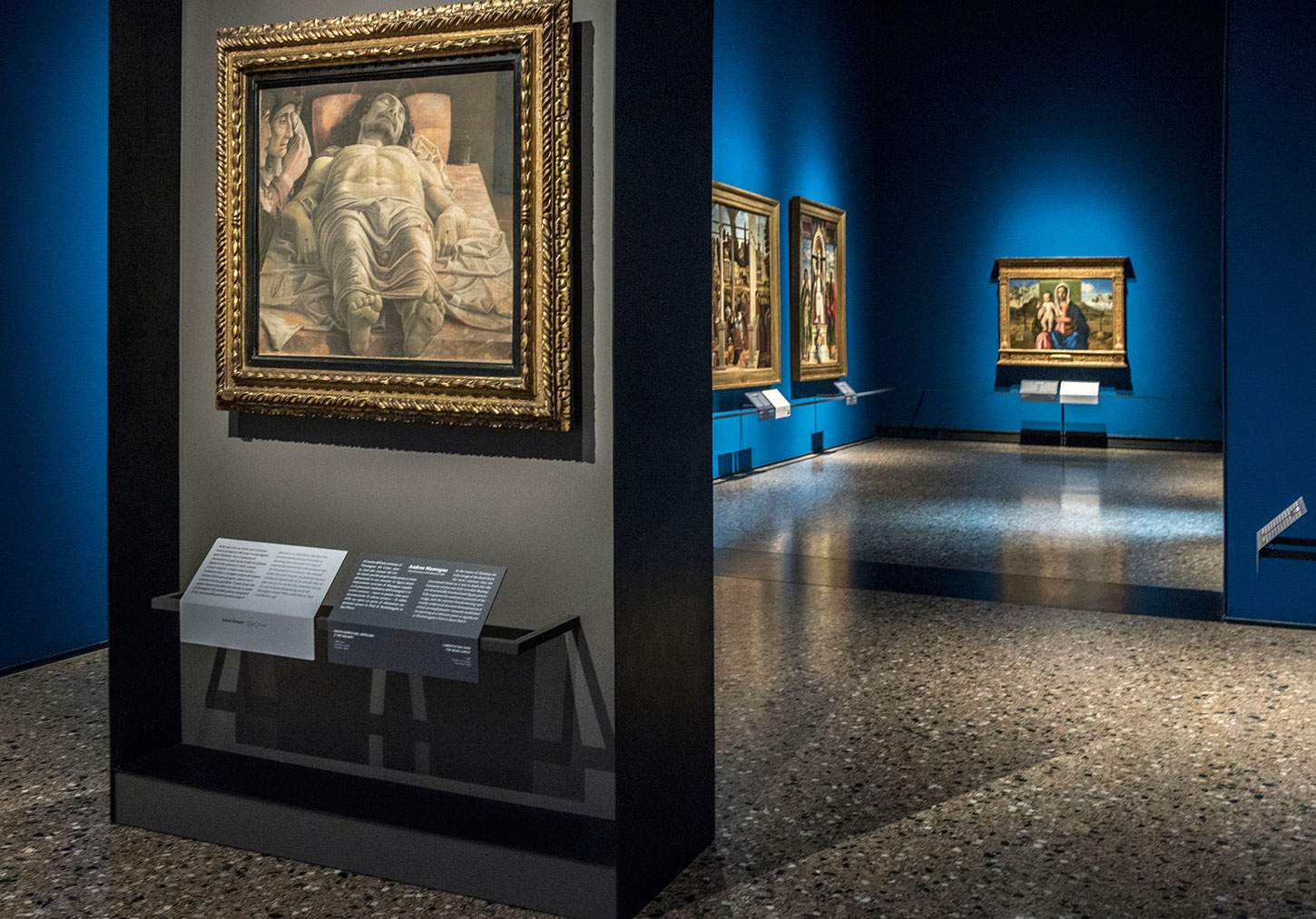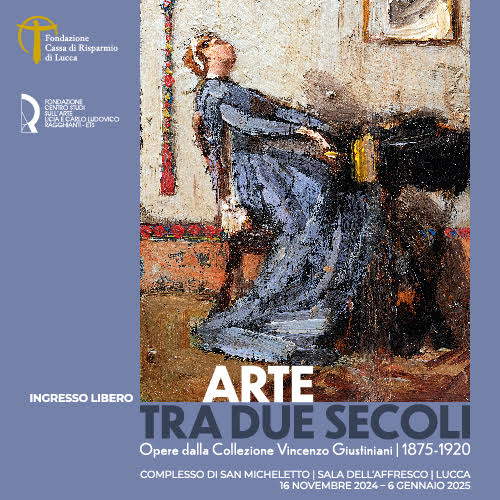Museums return to pre-pandemic audience numbers
Italian museums have finally returned to pre-pandemic audience levels. In fact, in 2023 Italian museums, monuments, and archaeological areas experienced significant growth: compared to 2019, visitors increased by 16 percent, while revenue saw a 27 percent increase. Theaters also showed signs of recovery, with a 6 percent increase in viewers and a 5 percent increase in revenue. TheDigital Innovation for Culture Observatory of the Milan Polytechnic School of Management presented these figures at the conference Digital for Inclusive Culture, highlighting how cultural institutions are working to balance a focus on economic performance with the need to be more inclusive. Although 44 percent of museums and 31 percent of theaters still have architectural barriers, many institutions are investing in improving accessibility for people with physical and intellectual disabilities.
One area of great interest islanguage accessibility, with 56 percent of museums and cultural sites focusing on this aspect. In theaters, the same percentage are working on making their offerings more economically accessible.
54% of museums have also invested in digitizing collections and online distribution in the past year. Seventy-four percent of museums have digitized at least part of their collections, and about half have published digitized works on their websites. However, only 32 percent of institutions have a clear strategy for digitization.
During the pandemic, adoption of online ticketing systems has increased, but indirect distribution through digital channels remains underutilized, with only 1 percent of museum sales coming from intermediaries such as Online Travel Agencies (OTAs). In theaters, these percentages are slightly higher. Many theaters are using data from ticketing to improve operational management and strategic planning.
Then one of the latest trends is thatartificial intelligence (AI) is becoming an increasingly common tool in cultural institutions. Fourteen percent of museums use AI to create content such as text for newsletters or images for social media. In addition, 3% of museums employ chatbots to improve services to the public. Generative AI has the potential to further improve language accessibility by translating text and audio content into various languages instantly and simultaneously. Still, augmented, virtual, and mixed reality technologies are being used by 29 percent of museums, particularly larger ones, to enrich the visitor experience and make culture more accessible.
The Italian cultural sector is, in essence, experiencing a period of growth and transformation, with a focus on digital innovation to improve accessibility and inclusiveness. Although there are still challenges ahead, such as the lack of clear strategies for digitization, the progress made points to a promising future for the country’s cultural institutions.
“The numbers that have characterized the last year of cultural venues in Italy,” says Eleonora Lorenzini, Director of the Osservatorio Innovazione Digitale per la Cultura, “on the one hand certify the definitive recovery of the sector after the years marked by the pandemic, but on the other hand they are also influenced by the strong inflationary trend. If the price revision measures have brought the Italian offer in line with the pricing levels of the major European competitors, these have also led several consumer associations to call for greater attention to the affordability of the sector, which moreover is reflected in the subsidized pricing policies applied by most institutions for particular categories of users.”
“Digital and technology,” explains Michela Arnaboldi, Scientific Director of the Digital Innovation for Culture Observatory, “are confirmed as important allies in fostering accessibility: 3D replicas, for example, allow guided tactile exploration of artifacts, as do interactive touch screens, which can be designed to include all types of audiences. Particularly effective in theaters is the use of smart glasses, which allow the show to be enjoyed by visitors who are deaf or of different languages, who can thus follow what is being said through supertitling and translation.”
“Through the mechanism of immersivity,” says Deborah Agostino, Director of the Digital Innovation for Culture Observatory, “it is possible to generate greater involvement in the visitor, facilitating the understanding of content and providing additional explanations in various modes. A more inclusive offer is thus possible thanks to digital and can involve not only people with disabilities of various kinds who have long been all but ignored on the cultural scene, but also generate a more complete and attractive visitor experience for the more traditional visitor.”
Image: Pinacoteca di Brera, Milan. Photo: James O’Mara
 |
| Museums return to pre-pandemic audience numbers |
Warning: the translation into English of the original Italian article was created using automatic tools. We undertake to review all articles, but we do not guarantee the total absence of inaccuracies in the translation due to the program. You can find the original by clicking on the ITA button. If you find any mistake,please contact us.





























